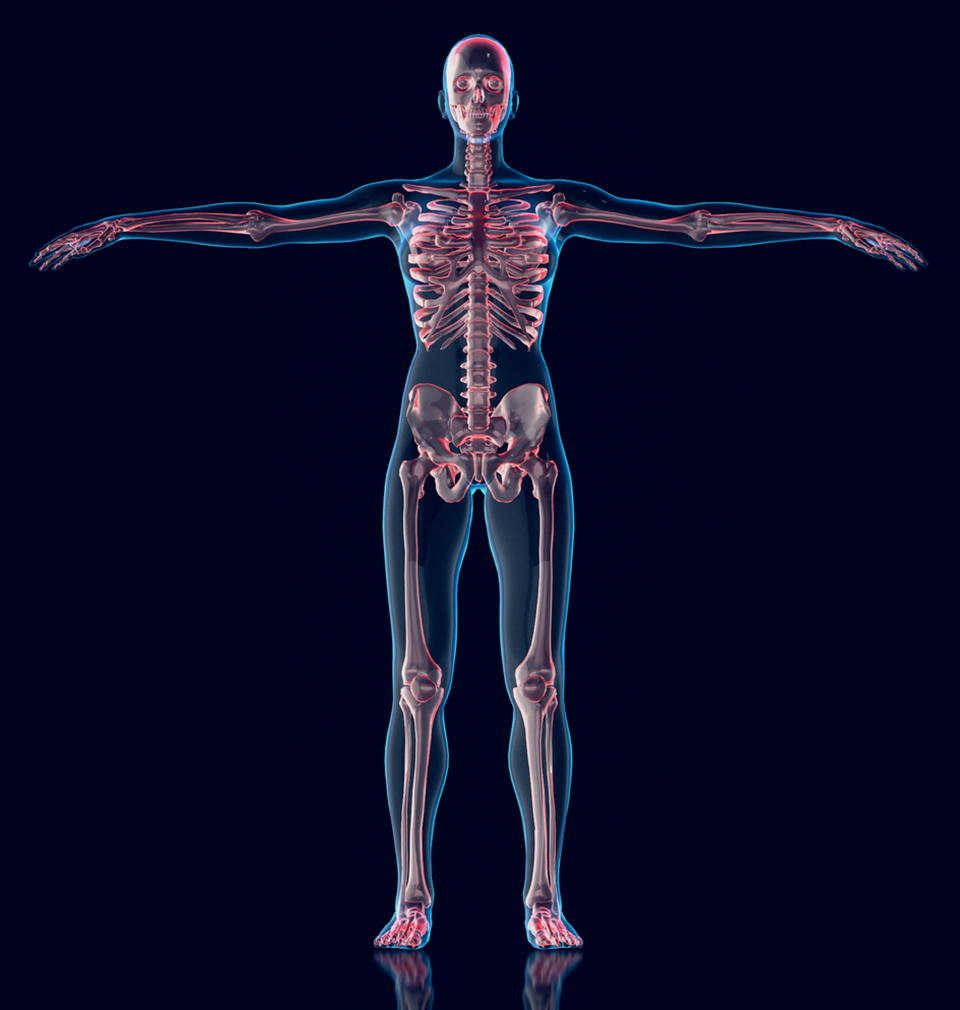Craneum
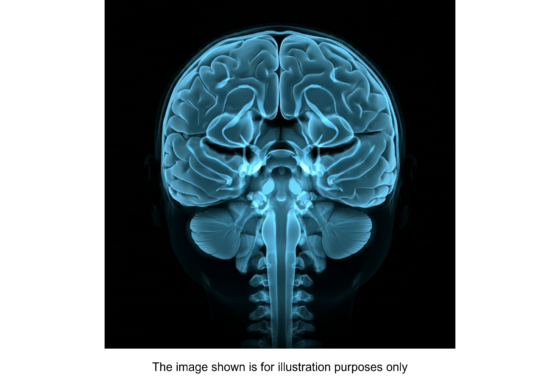
Brain surgery
Craniotomy surgery requires craniotomy and bone resection without injuring the subdural area. Additionally, dull surgical instruments require strong pressure against the bone, increasing the risk of subdural injury after skull removal. Therefore, sharp tools are required.
Teeth
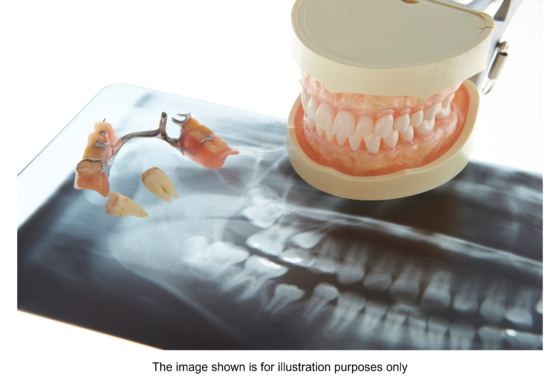
Implantation surgery
If the drill hole formed in the tooth extraction socket during implant treatment is bent or misaligned, the implant will not be placed properly, and in the worst case, the implant will not be able to remain in place. Also, it will put strain on the jawbone and since this may damage the surrounding nervous system, it is necessary to drill at the desired location (coordinates, angle) without slipping. However, the drilling environment is slippery and has many curved surfaces, so appropriate medical tools must be used. There aren’t many. At our company, dental Omega drills are often used in implant placement surgeries.
Cheek & Jaw
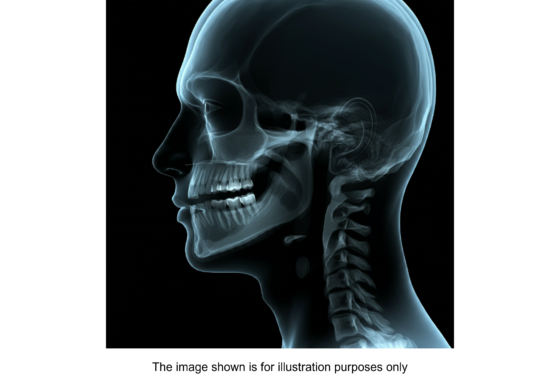
Jaw and facial bone fixation
The bones around the jaw are extremely hard, so medical surgical tools must be resistant to wear, breakage, damage, and bending. At our company, we often use medical drills and taps for maxillofacial bone fixation.
Breast
Nipple-sparing mastectomy
This is a surgical procedure that preserves the nipple, areola, and breast skin when removing cancerous breast tissue. Although it is easier to reconstruct the breast by partially removing the affected area, it is necessary to ensure that the cancerous tissue is removed. It is important to grip the target firmly without shifting. Toko has developed the Pearl Ring, a forceps for grasping breast cancer tumors, in-house.
Shoulder
Arthroscopic Bankart and Bristow procedure
This surgery is mainly in the field of sports orthopedics, and targets patients who have sustained injuries while playing sports where there is a high possibility of dislocating or re-dislocating the shoulder (particularly judo, rugby, American football, and wrestling), as well as patients who wish to avoid repeated dislocations. Most of the time. This surgical technique is a combination of a shoulder dislocation repair technique called the Bankart technique and a technique called the Bristow technique that strengthens the shoulder joint by partially moving part of the scapula to the shoulder joint. By performing the procedure arthroscopically, the skin incision can be made smaller, and it is less invasive, reducing the burden on the patient.
Hip joint
Hip replacement surgery
Hip replacement surgery is performed when an artificial hip joint needs to be inserted due to damage or necrosis on the receiving (pelvis) side of the hip joint. At that time, we use a navigation system to accurately measure the coordinates and insert the artificial hip joint while taking into account the range of motion to ensure that the lengths of the left and right legs do not differ or that they open differently. . Therefore, it is necessary to drill holes precisely in fixed positions. In addition, recently there has been a trend toward minimally invasive surgical methods, which require surgery in a narrow surgical field, so it is often difficult to insert the drill straight, and the drill must be made strong against bending. Due to this situation, there is a growing need for drills with innovative cutting edge shapes, and Toko manufactures many medical drills, including the Omega Drill.
Vertebral arch
Laminoplasty
Laminoplasty is a surgery that widens the space in the spinal canal to relieve pressure on the vertebrae. An incision is made in the vertebral arch to widen the spinal canal, and an autologous bone or plate is inserted and fixed in the expanded state. When fixing this plate, screws are required, and the pilot holes for the screws must be prepared first. Toko also manufactures many medical drills for laminoplasty.
Vertebral body
Vertebral body fusion
There are two types of vertebral body fusion surgery: surgery performed from the rear (back) side of the body and surgery performed from the front (flank), and mainly involves removing fractures or degenerated parts and reshaping the vertebral body. . Minimally invasive surgery is becoming a trend, and surgical tools that can handle a variety of movements are needed, such as securing the surgical field with a small incision or fixing the patient in a specific position and then moving it again. Toko develops, designs, and manufactures a variety of medical surgical tools for various vertebral body fusion procedures.
Elbow
UCL reconstruction (Tommy John surgery)
UCL reconstruction (Tommy John surgery) is a surgery that involves removing the palmaris longus tendon and fixing it with an anchor to reconstruct the torn ulnar collateral ligament of the elbow, and is often seen in baseball players. Because the surgical field is limited, there are restrictions on the direction in which surgical instruments can enter, and a clean hole is required to properly fill the anchor, so the design requires some ingenuity.
Wrist
Distal radius and ulna fracture surgery
Plate fixation may be required when the base of the wrist is fractured, and drilling is required for the pilot holes for the screws used in that case. At Toko, we develop, design, and manufacture a large number of medical drills for drilling pilot holes for screws.
Finger
Phalangeal fracture surgery
Plate fixation may be required when a finger is fractured, and drilling is required for the screw holes to be used in that case. At Toko, we develop, design, and manufacture a large number of medical drills for drilling pilot holes for screws.
Femur
Proximal femur fracture surgery
For fractures of the femoral head closest to the hip joint, neck, trochanteric region, and subtrochanteric region, depending on the degree of fracture, surgery to insert an intramedullary nail or surgery to implant an artificial femoral head + stem may be performed. There are various techniques for fractures of the proximal bone. In either case, screws for fixation and holes for implants are required. At Toko, we develop, design, and manufacture many medical drills and reamers for drilling holes.
Knee joint
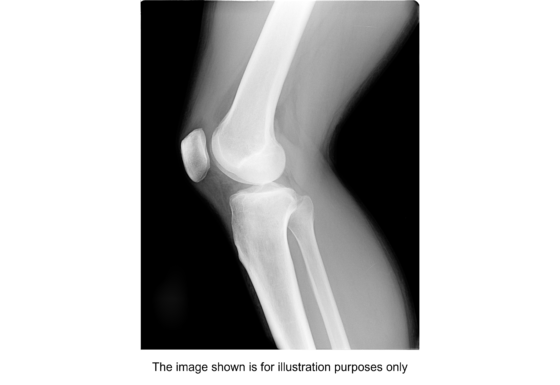
Total knee replacement
Two types of surgeries, TKA (Total Knee Arthroplasty) and UKA (Unicompartmental Knee Arthroplasty), are performed to treat knee osteoarthritis by removing an appropriate amount of the affected area. In most cases, a guide block is used to do this. At this time, the guide block must be fixed at the appropriate position (coordinates, angle).
External fixation
External treatment for symptoms such as congenital disease, osteoarthritis (bow-legged knee), pseudoarthrosis, etc., where the length of the legs changes on the left and right sides of the body or the leg remain bent. External fixation is a surgical technique in which a surgical instrument is inserted into the bone (above the skin) and the surgical instrument protruding outside the wound is attached to the instrument for correction. In external fixation, a large amount of force is applied to the surgical tool when used for bone correction, so it must be strong enough to withstand that force.
